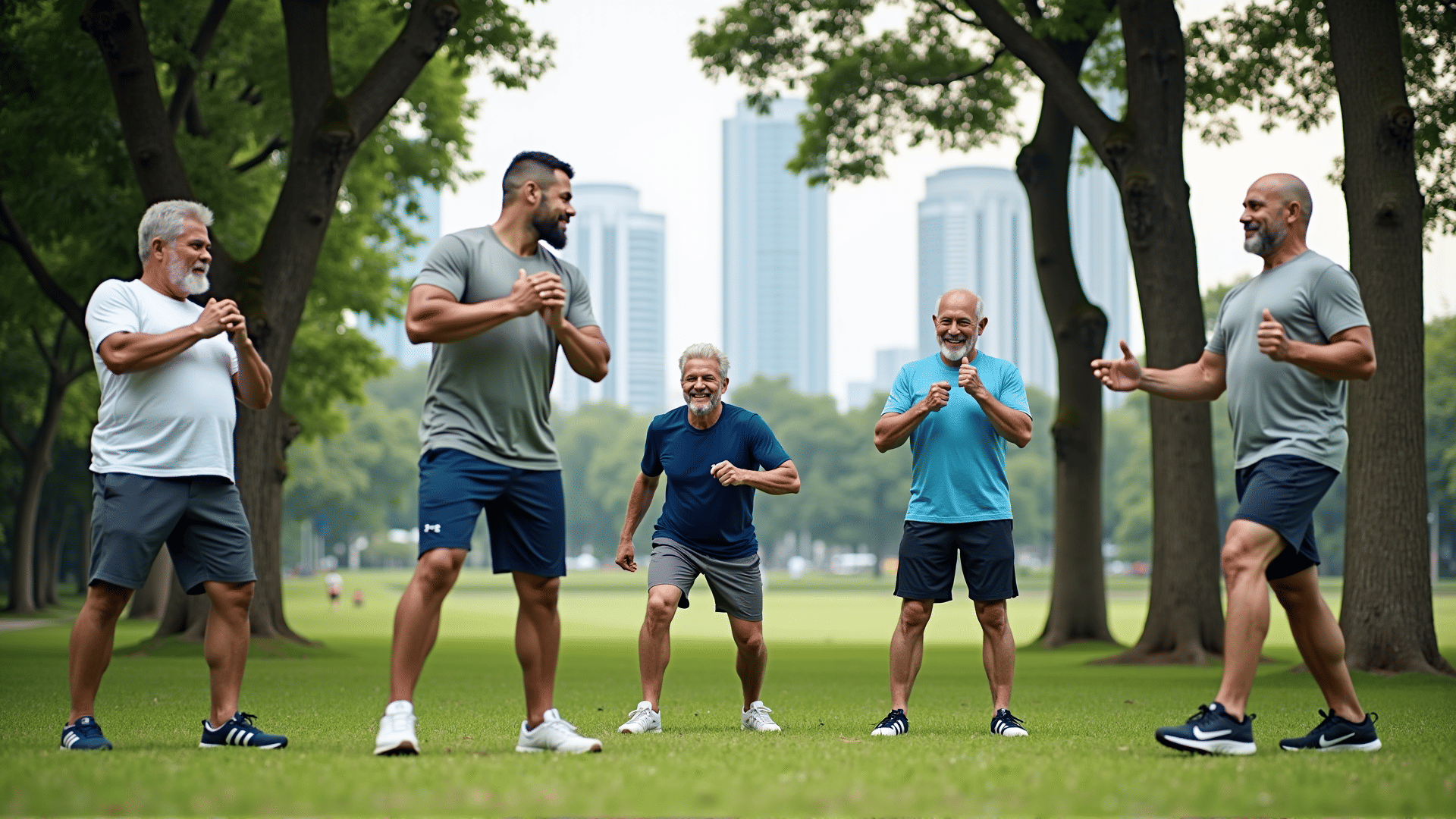As individuals surpass the age of 40, embracing a fitness routine tailored to personal goals and needs becomes increasingly significant. At this stage, exercise planning should take into account both the biological changes that occur with aging and the practical constraints of everyday life.
Understanding Changing Needs
Men over 40 often experience various physiological shifts. Metabolism typically slows, contributing to possible weight gain despite unchanged eating habits. Muscle mass begins to decline, affecting strength and overall fitness. These changes underscore the importance of incorporating strength training to rebuild muscle and boost metabolism.
Additionally, joint health becomes crucial. Low-impact exercises like swimming or cycling can be beneficial, reducing stress on joints while still offering cardiovascular benefits. Maintaining flexibility through regular stretching or yoga can also promote joint health and prevent injury.
Setting Realistic Goals
It is vital to set goals that are both attainable and motivating. Objectives might include increasing endurance, building strength, or enhancing overall energy levels. Consider shorter, more frequent sessions as opposed to lengthy exercise marathons. Consistency over intensity ensures long-term adherence and benefits.
Remember to adjust expectations to align with one’s current fitness level. Progress can be measured by improved stamina during routine activities or an increase in resistance levels rather than numerical weight changes. Acknowledging small wins can build confidence and sustain motivation over the long haul.
Crafting a Customized Routine
A combination of strength, flexibility, and cardiovascular exercises can create a balanced regimen. Strength training, at least twice a week, is essential to combat muscle loss. Focus on compound movements that engage multiple muscle groups for more comprehensive results.
Incorporating cardiovascular workouts three to four times weekly supports heart health and boosts endurance. Activities such as brisk walking, swimming, or biking are excellent choices because they are adaptable to different fitness levels and can be done almost anywhere.
Flexibility exercises should not be overlooked. Integrating activities like yoga or Pilates twice a week can improve range of motion, enhance balance, and relieve stress. These practices can support mental health, offering a holistic approach to wellbeing.
Nutrition and Hydration
While diet strictly falls outside the scope of exercise routines, mindful eating habits complement physical activity significantly. Staying hydrated is crucial, especially when engaging in regular exercise. Water supports bodily functions and aids in maintaining energy levels, reducing fatigue, and enhancing performance.
Listen to Your Body
Finally, pay close attention to what your body is telling you. Rest and recovery are as important as exercise itself. Adequate sleep promotes recovery and youthful vitality, allowing the body to repair and rejuvenate.
Customized fitness plans for men over 40 involve understanding personal needs, setting realistic goals, and creating a balanced regimen that includes strength, cardiovascular, and flexibility exercises. With these elements in place, staying active and motivated can be seamlessly woven into one’s lifestyle, leading to enhanced health and vigor.
